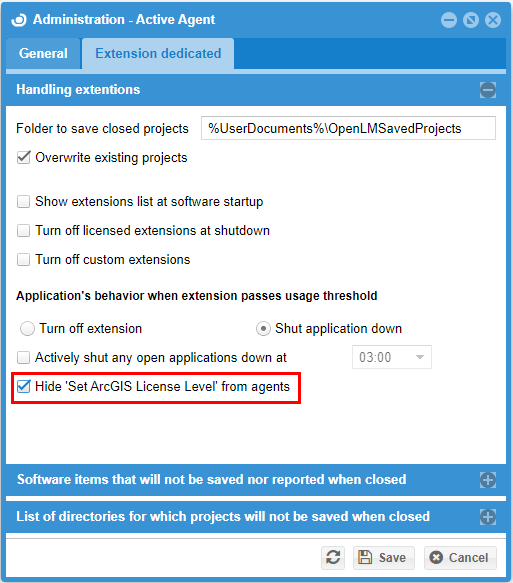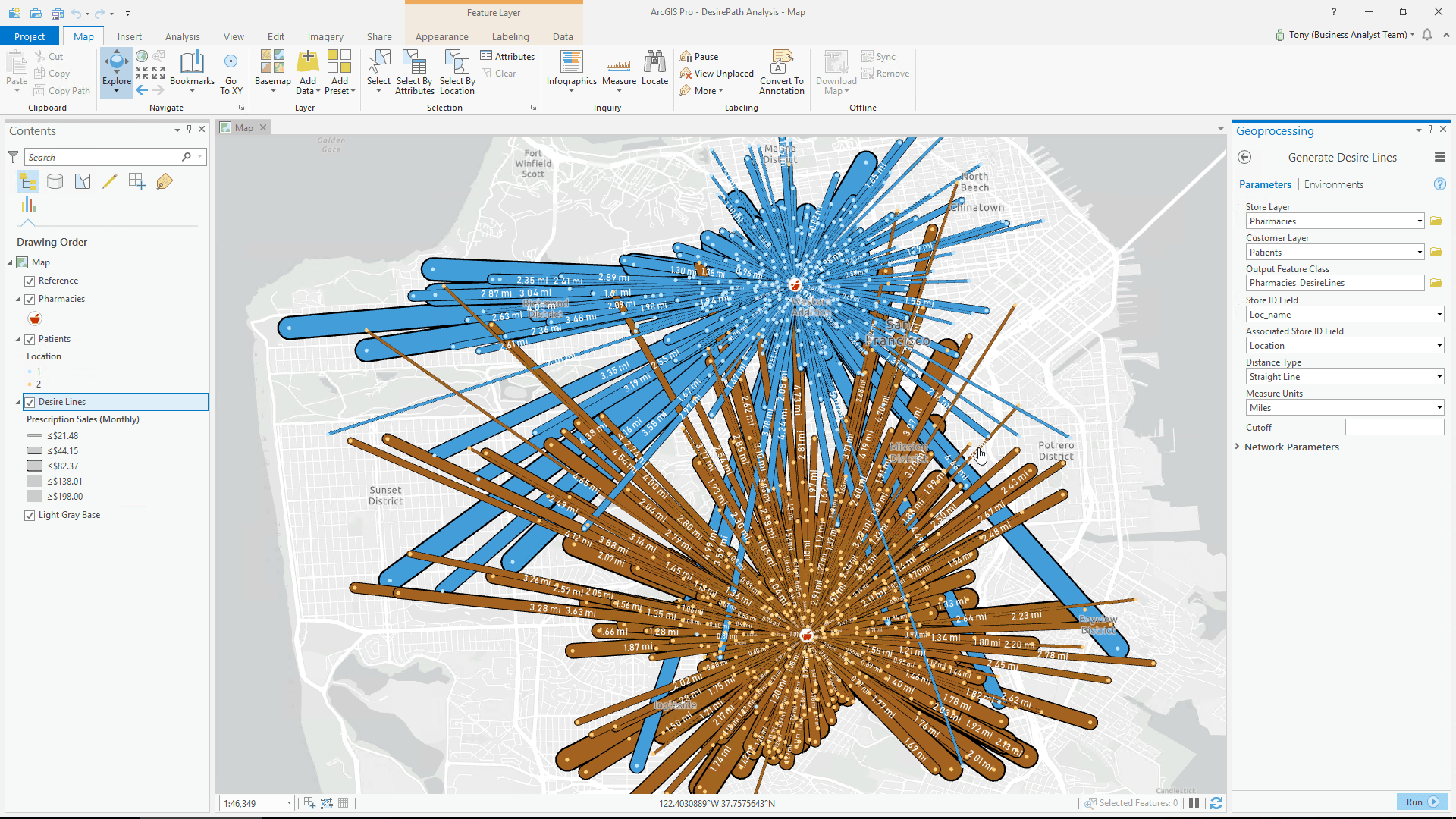

Gullies are characteristics of complex dynamics, generated or enhanced by the flow of concentrated linear flow ( BIGARELLA et al., 1996 FENDRICH, 1997 GUERRA, 2010). This can result in the formation of grooves, ravines, and gullies, which are incised channels at different stages of evolution. We attribute the latter to the potential to cause incisions on the ground, especially if the physical conditions previously mentioned contribute to the erosive intensification. Given the beginning of the surface runoff process, the flow will be configured as laminar, in fillets, in sheets, or linear. The authors also point out that part of the flow will infiltrate the soil, integrating with the subsurface runoff network and that, from the saturation of the soil, it will start to run predominantly on the surface.

890), “climatic conditions, morphometric characteristics, biotic and edaphologic conditions, and anthropic activities” are determinant in the behavior of the surface runoff. Several factors work together to define the runoff patterns in a given landscape. In environments under the imperative of hot and humid climate, water discharge from the precipitations sculpts the relief prominently, resulting in a driving force triggering of erosive processes. Keywords: Hydrological Modeling, Linear erosion, Geotechnogenesis.Īmong the mechanisms involved in morphogenesis, runoff appears as a hydrological agent of great repercussion.

The results showed that topographic features of detail, especially technogenic terraces, have exercised marked control over the flow routes of surface runoff, contributing to generating erosive advance vectors of the ravines and gullies. Then, the Concentrated Flow Map of the area was elaborated from the modeling using the Multiple Flow algorithm in the ArcView 3.2 program. We obtained primary data from a topographic survey in the field and carried out operations to develop a Hydrologically Consistent Digital Elevation Model (HCDEM) in the ArcGIS 10.1 program. We chose the Tucum stream upper basin (Sao Pedro, São Paulo - Brazil) as a case study because it is marked by the advance of urbanization on land with strong susceptibility to erosion, with the presence of linear erosive features (ravines and gullies) and a complex history of interventions seeking to control them. This article presents the results of mapping the flow routes of surface runoff in an area characterized by profound changes in relief caused by anthropic interventions. Funding source: Fundação de Amparo à Pesquisa do Estado de São Paulo


 0 kommentar(er)
0 kommentar(er)
